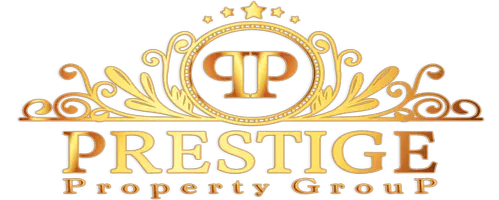Trump’s Tariffs on Lumber and Cabinetry Kick In, Hitting Homebuilding and Renovation
President Donald Trump's new tariffs on imported lumber and wooden fixtures have taken effect, potentially raising the cost of home construction and renovations.
The tariffs, aimed at boosting U.S. timber production, officially kicked in at 12:01 a.m. on Tuesday. They include a 10% tariff on all timber and lumber imports and a higher 25% duty on cabinets and furniture.
Those tariffs are set to jump higher on Jan. 1, rising to 30% for wooden furniture and 50% for kitchen cabinets and vanities. While the move is welcomed by domestic lumber producers, homebuilders say the new tariffs will raise their materials costs.
“These new tariffs will create additional headwinds for an already challenged housing market by further raising construction and renovation costs,” says National Association of Home Builders Chairman Buddy Hughes.
The U.S. imports roughly a third of the lumber used in home construction, because it does not produce enough domestically to meet demand. Roughly 85% of imported lumber comes from Canada, which is already subject to separate 35% tariffs under rules set by the Commerce Department.
The new tariffs will stack on top of that, taking the total duties on Canadian lumber to a punishing 45% and raising costs for homebuilders unable to find a cheaper alternative.
Trump's latest tariffs on lumber and furniture were imposed under a law allows the president to enact trade restrictions on imports if the U.S. government determines they are a threat to national security.
In a proclamation announcing the new duties, the White House said that wood imports were weakening the economy by diminishing domestic production and threatening the survival of lumber mills.
"Because of the state of the United States wood industry, the United States may be unable to meet demands for wood products that are crucial to the national defense and critical infrastructure," the proclamation stated.
According to an NAHB analysis, U.S. sawmills are operating at just 64% of their potential capacity, a figure that has dropped steadily since 2017.
"It will take years until domestic lumber production ramps up to meet the needs of our citizens," the trade group says. "In the interim, imports of softwood lumber are vital to build, remodel and repair American homes and apartments."
About 94% of all new homes in the U.S. were framed with dimensional lumber in 2024, according to an NAHB analysis of 2024 U.S. Census Bureau data.
Framing costs, including the roof, averaged about $49,763 for new single-family homes last year, accounting for about 12% of the total cost of a new build, according to an NAHB breakdown.
Cabinets and countertops cost $19,056 on average, accounting for 4.5% of the total, the analysis found.
Major homebuilders could absorb some of the additional costs from the new tariffs, or find alternative sources. However, builder profit margins have already been shrinking, and many companies have pulled back on new construction in the face of higher costs and weak demand.

Residential building permits, a sign of future construction, continued to wane in August, dropping 3.7% from July to a seasonally adjusted annual rate of 1,312,000. On an annual basis, permits were down 11%.
Permits have been falling steadily since March, as homebuilders have grappled with multiple headwinds, including rising materials costs, tariff uncertainty, elevated interest rates, and tepid demand from homebuyers.
The five-month streak marks the longest stretch of declining permit activity since late 2008, when the housing crash and Great Recession all but halted new building activity.
New data on residential construction activity in September was due to be released later this week, but will be on hold until the federal government shutdown ends, creating an information gap at a key time of uncertainty for the sector.
Trump recently called on large, publicly traded homebuilders to step up production, urging government-backed mortgage giants Fannie Mae and Freddie Mac to work with the industry to boost output.
Categories
Recent Posts










GET MORE INFORMATION

